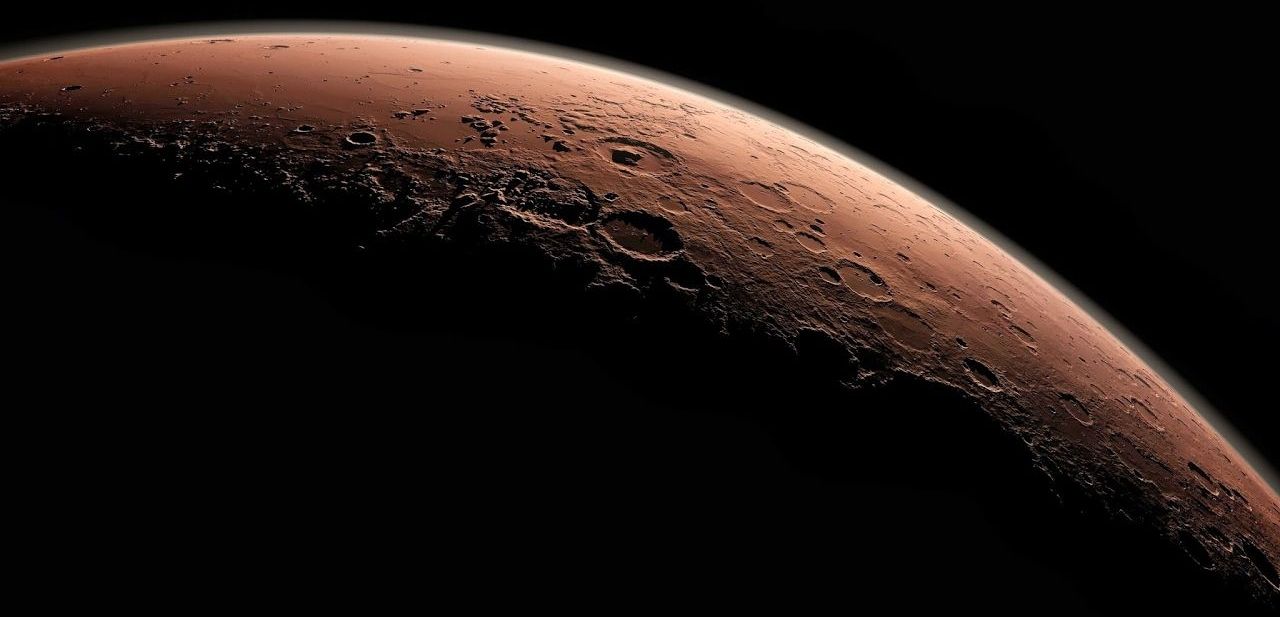The first big international effort to combat mercury pollution is zeroing in on small gold mines, which account for almost half of annual emissions.


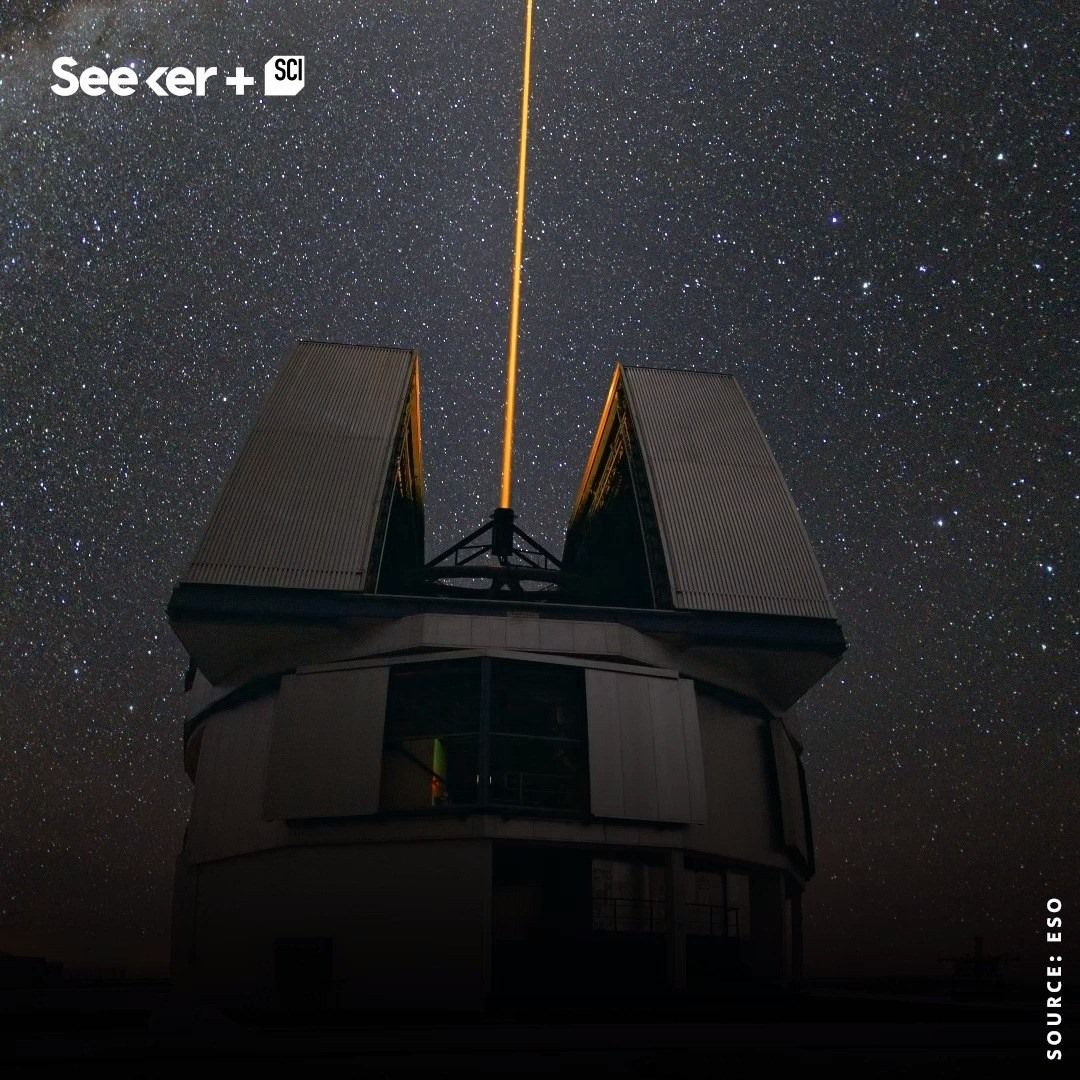
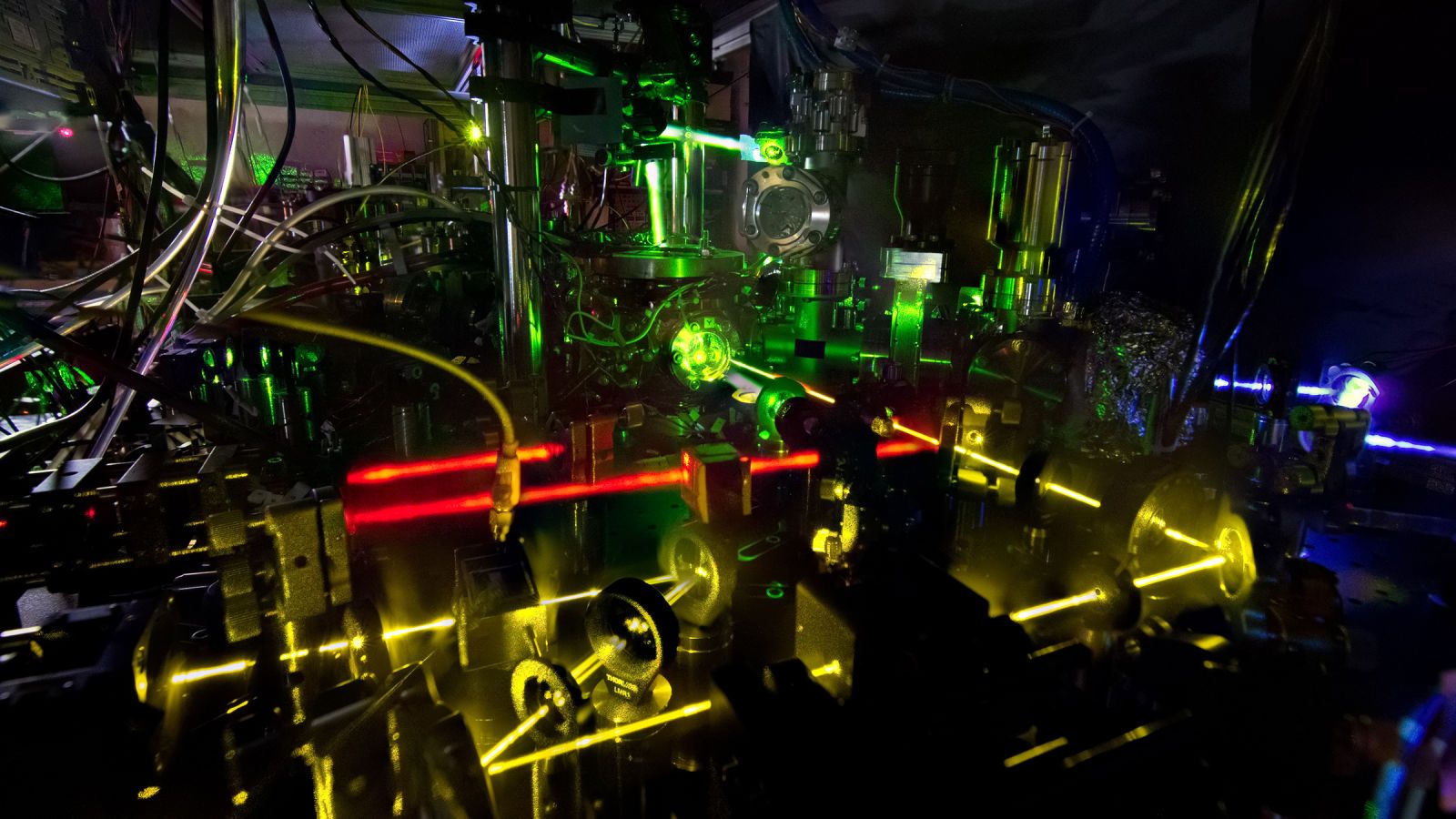
Physicists have created atomic clocks so precise that they can measure deformations in spacetime itself, according to new research.
We don’t all experience time passing equally—time passes more slowly closer to something massive’s gravitational pull, as famously theorized by Albert Einstein. And since gravity is typically interpreted as the way mass warps space itself, that means a precise-enough atomic clock could serve as a scientific tool for measuring how objects change the shape of their surrounding space.
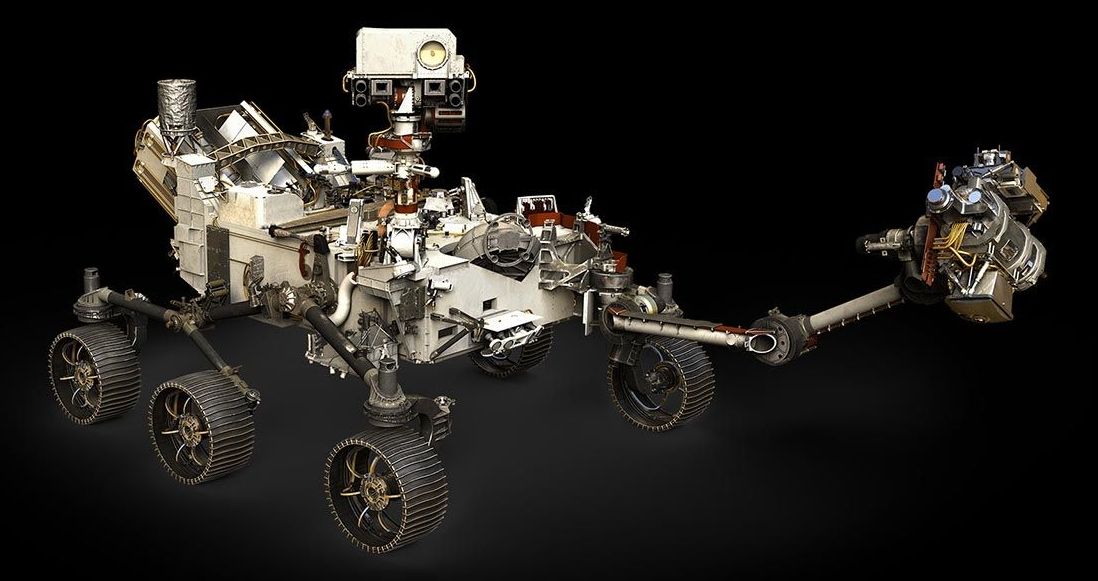
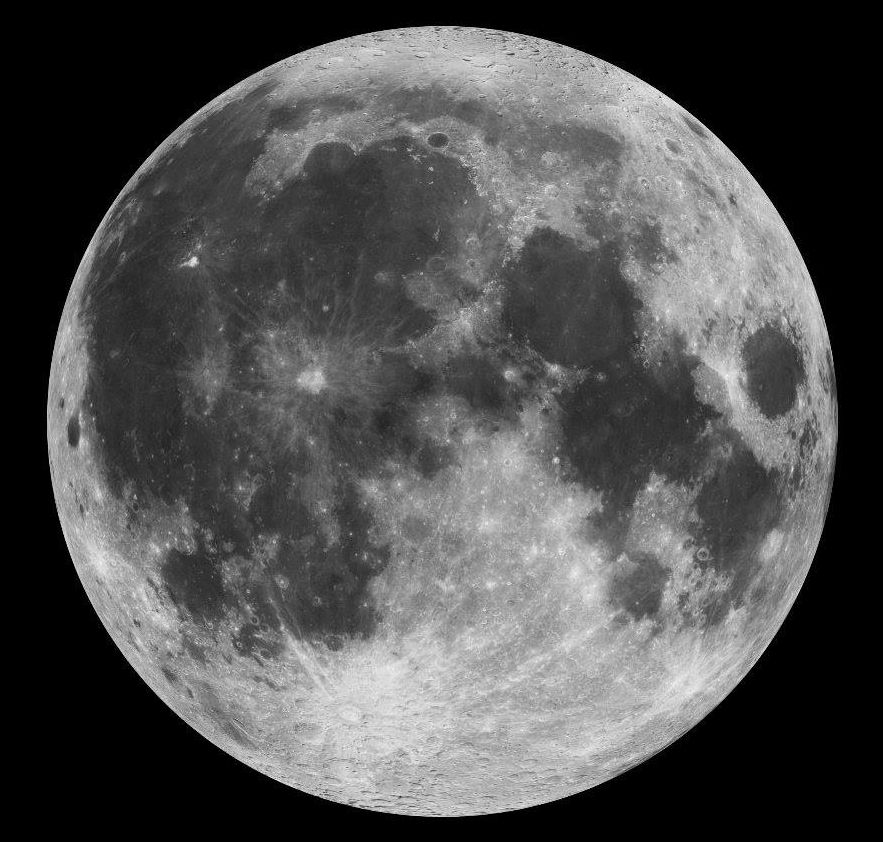
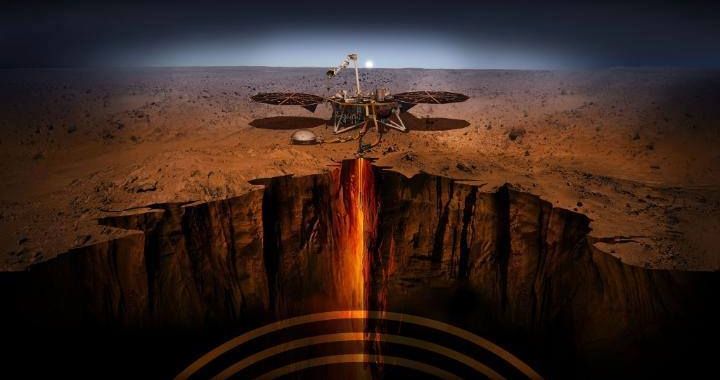
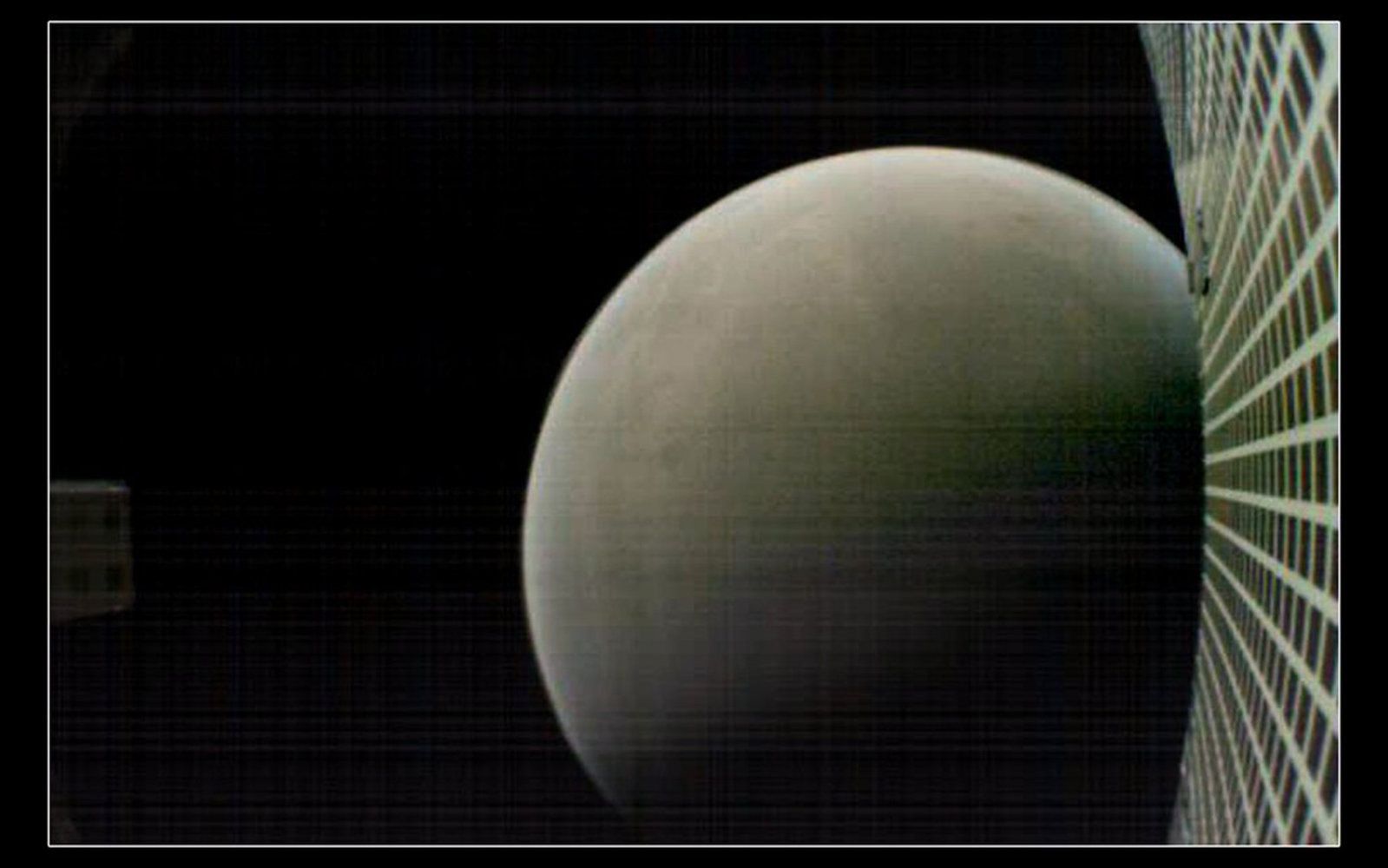
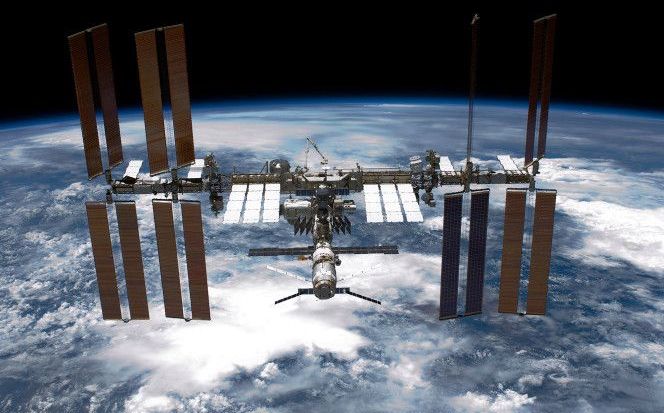
ISS Infested With Space Bugs!
The International Space Station is infested with mysterious space bugs that may be leaving astronauts at risk of “serious harm,” according to a new study.
Scientists discovered a thriving ecosystem of “infectious organisms” aboard the station which are similar to bugs found in hospitals on Earth.
A NASA team found five different varieties of Enterobacter, with researchers calculating that there is a “79 percent probability that they may potentially cause disease.”
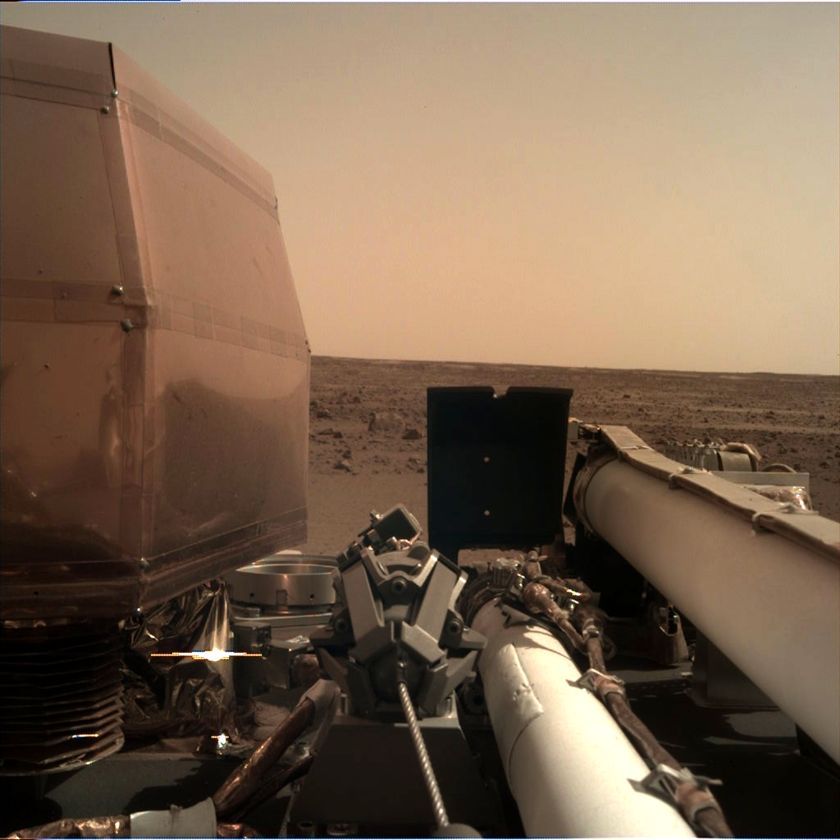
The flow of raw images sent from Mars, straight to the Web, has begun!
Insight begins sharing raw images on mission website.
There was jubilation when InSight landed, but I’m just as happy to be writing about a distinct InSight event: The flow of raw images sent from Mars, straight to the Web, has begun. The Jet Propulsion Laboratory has begun sharing images from InSight’s two cameras to the mission website. You can check this website any time, any day, to see if there are new images from Mars, and sometimes, you’ll be able to see them even before mission team members do. Here, for example, is the first image returned from InSight’s Instrument Deployment Camera, sent straight to the Web.
